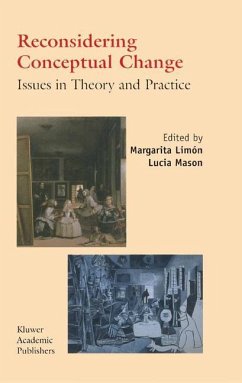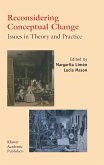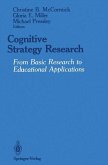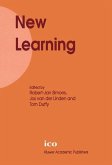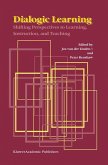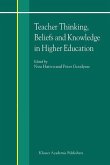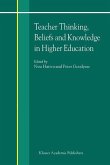The chapters in this volume derive from a symposium held in Madrid, Spain, from 6-8 November, 1998. Organized and supported by the Autónoma University of Madrid, the meeting was part of the activities of the Special Interest Group (SIG) on Conceptual Change of the European Association for Research on Learning and Instruction (EARLI), coordinated by the editors of this book. The volume brings together contributions from leading researchers investigating the role of conceptual change to enhance meaningful learning in the classroom. The aim of the volume is to present the state of the art on a topic that has become very relevant to explaining how students, and people in general, build their knowledge and incorporate new concepts and ideas. The volume keeps the four main sessions in which the symposium was articulated. They were structured around both theoretical and practical issues of conceptual change. Particular attention was paid to discussing the characteristics of individuals'prior knowledge and to the more recent topic of how to integrate social, motivational and contextual aspects of learning within conceptual change research (Parts 1 and 2).
"In summary, there is much in this book to inform the reader about how the field of conceptual change has moved beyond the issues identified in the simple illustration with which I began this review. In doing so, it provides more than enough to stimulate a considerable amount of productive discussion."
(Peter Hewson, University of Wisconsin-Madison, USA (Science Education, 87:4)
(Peter Hewson, University of Wisconsin-Madison, USA (Science Education, 87:4)

